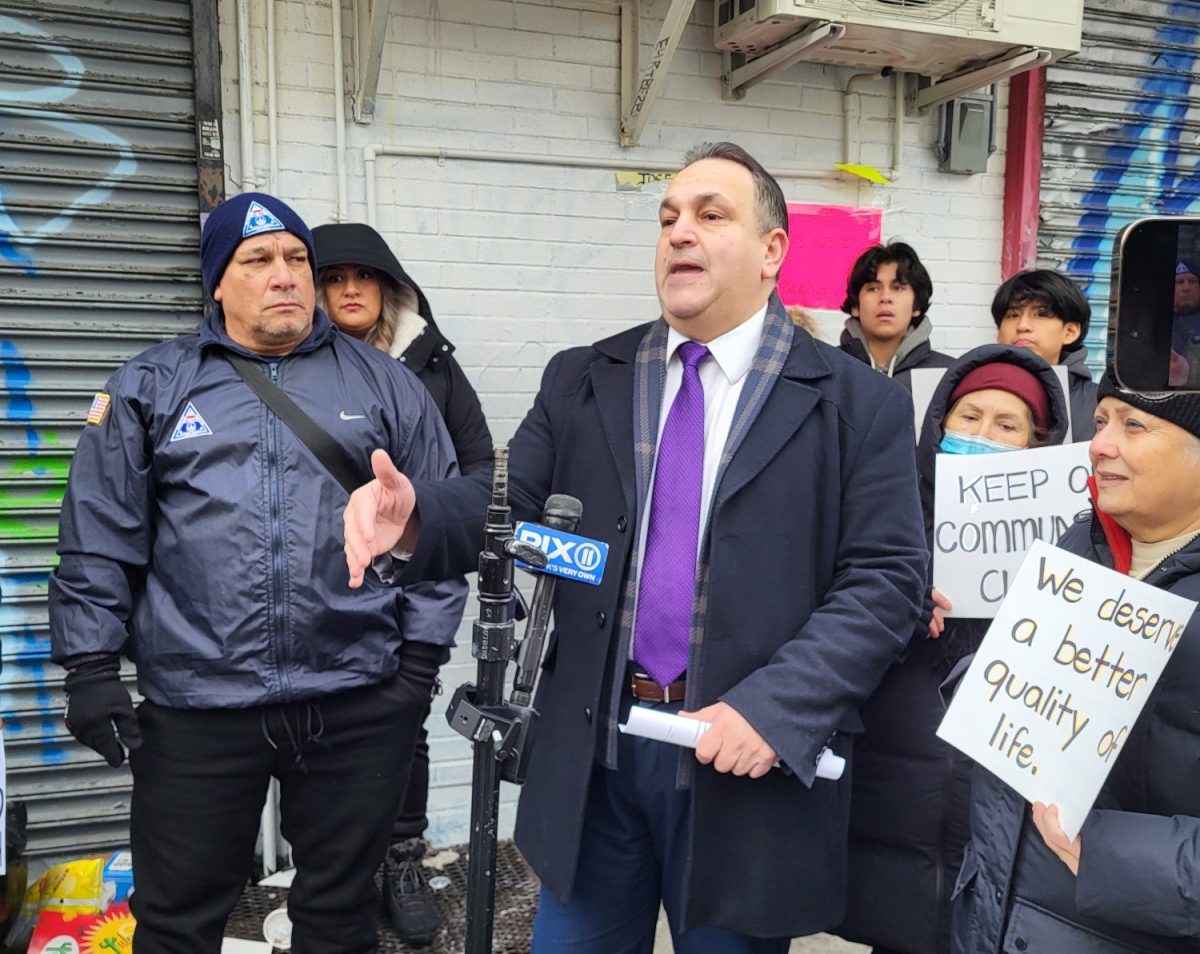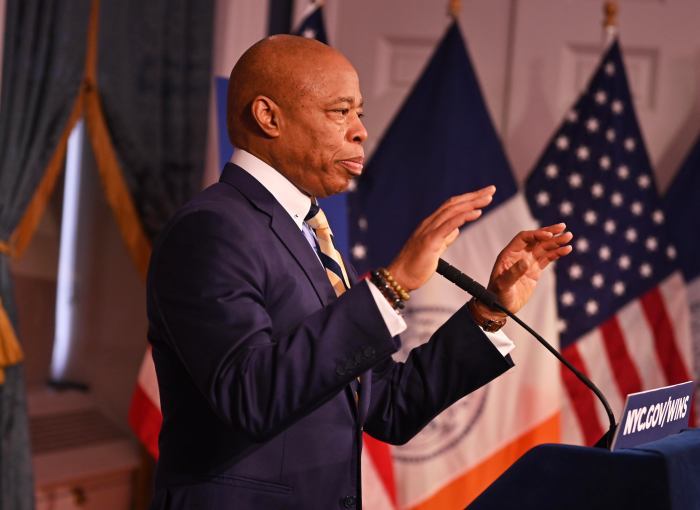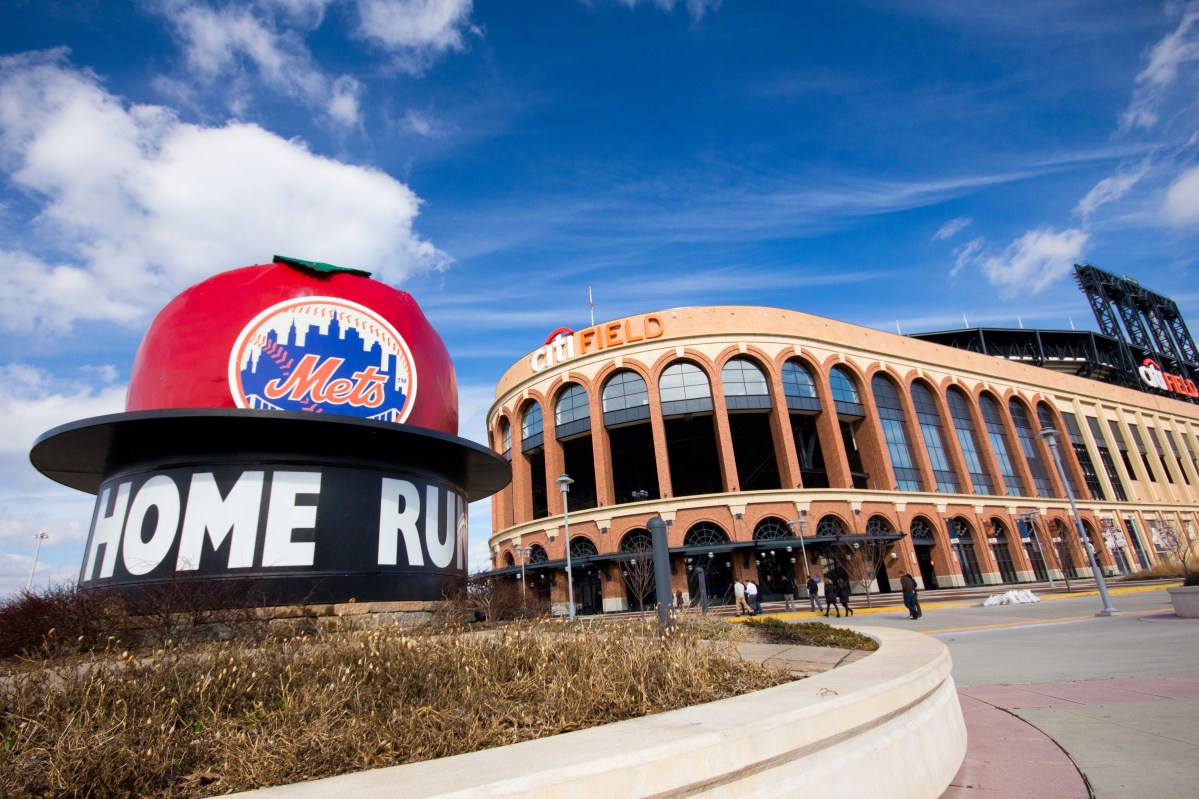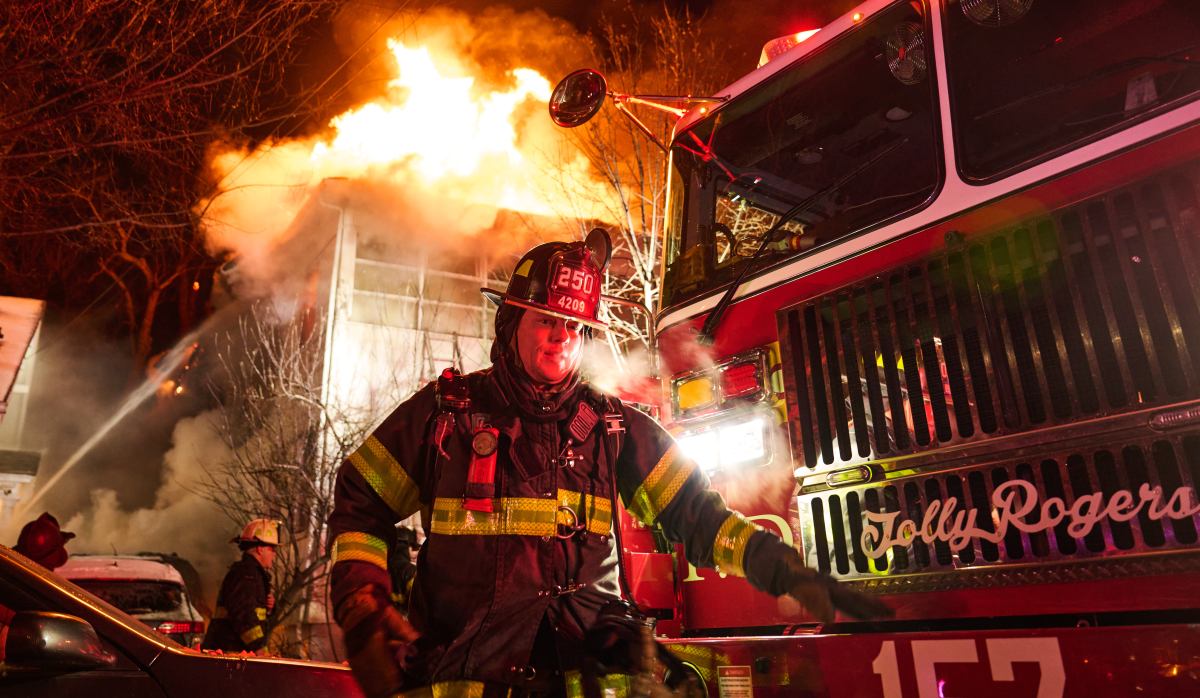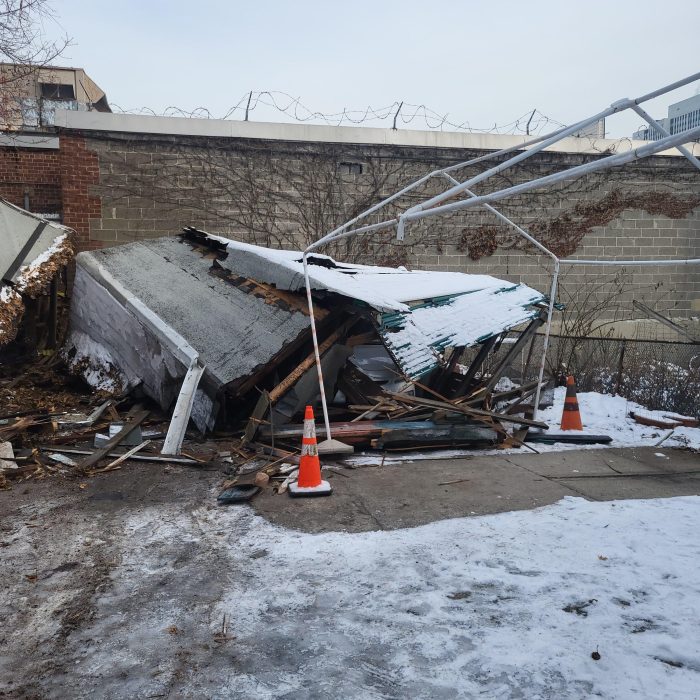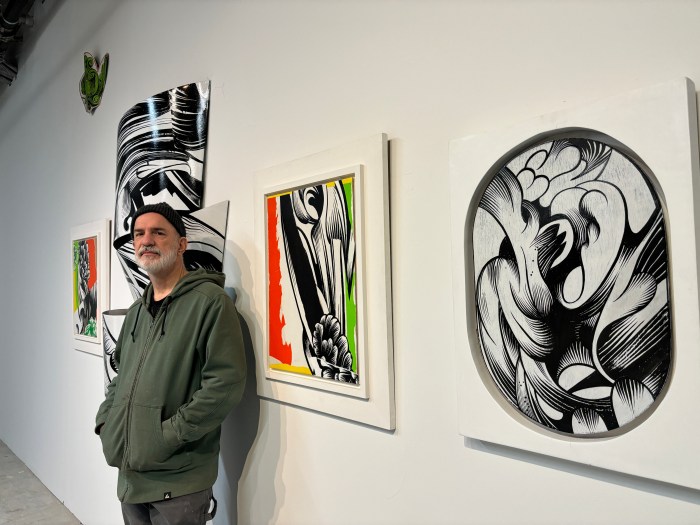
The city’s transit challenges require new approaches to subways, buses, trains and more, according to experts.
Hosted by Senators Brad Hoylman (D-Manhattan) and Liz Krueger (D-Manhattan), “Finding Solutions to our Transportation Crisis” consisted of five transit experts, including Department of Transportation Commissioner Polly Trottenberg, Move NY executive director Alex Matthiessen and MTA board member Veronica Vanterpool at the CUNY Graduate Center on Thursday.
Krueger said the growth of ride-sharing options, like Uber and Lyft, can be blamed for traffic congestion plaguing the city. The increase in cars clogs the road, slowing bus traffic, but commuters looking for a ride because of slow buses contribute to a “chicken-and-egg issue.”
Experts also took on congestion pricing, signal defects on subway trains and the MTA’s perceived lack of transparency around construction projects.

Here are some of the proposals:
Believe in congestion pricing
In favor of congestion pricing, Matthiessen suggested four additions to a plan put forward by Gov. Andrew Cuomo’s Fix NYC panel, which proposes charging vehicles coming into Manhattan’s busy business district a fee of $11.52, designed to raise more than $1 billion per year for the city’s transit system.
Taking issue with the city’s tolling system, Matthiessen said that the uneven manner in which bridges into Manhattan are tolled incentivizes large vehicles to hop off the highway and go through the busy streets to avoid toll fees, adding to traffic congestion.
“The policy we have here in New York is the bigger your truck is, the more we want you to come through the streets of Manhattan,” he said. “It makes no sense at all. It’s quite stupid.”
In addition to proposing a balanced tolling system to distribute traffic in a sensible way, Matthiessen also suggested using congestion pricing revenue to provide half-priced MetroCards to low-income families, and to invest in roads and bridges for the city’s drivers.
Stick to the Subway Action Plan
Touting the $836-million Subway Action Plan released by MTA chairman Joe Lhota last summer, Vanterpool expressed the need to implement a “focused and concerted” approach toward addressing delays in the subway.
Fixing the “outdated” signal system, responding faster to sick customers stuck in trains, plugging leaks in the tunnels and adding extra cars to trains are some of the ways in which the MTA has been addressing challenges in the subway, she said.
Keeping faith in the plan, the cost of which Lhota has asked the city to split with Albany, and paying attention to a forthcoming Bus Action Plan to be released in April will be key to addressing subway problems in coming years, she added.
Make city buses faster
Nick Sifuentes, executive director of the Tri-State Transportation Campaign, laid out six “common-sense,” “cheap” and “fast” ways to make city buses faster and increase ridership, which fell six percent in the past year.
“Technology that allows a green light to stay green a little bit longer so that the bus can get through the intersection,” called Transit Signal Priority, is one of the easiest ways to increase bus speeds by 10 percent, Sifuentes said. In response, Trottenberg offered a “dreary reality,” highlighting engineering problems that would make the process “not that easy.”
Sifuentes’ other suggestions include all-door boarding, a new payment system that includes tapping a smartphone/bank card/MetroCard at the door to save time, additional bus lanes, a change in existing and “outdated” bus routes, and better dispatching to prevent crowding of buses.
Look for new ways to fund the MTA
“The number one concern people have is why are we giving the MTA more money; they don’t seem to be doing a very good job of spending the money they have,” Matthiessen said. “That said, the MTA is desperate for funding.”
To address the MTA’s funding woes, he recommends “lockboxing” the revenue generated from Gov. Andrew Cuomo’s congestion pricing proposal, to make sure the money is reserved for solving transit challenges in the city.
The money, however, will likely go toward the MTA’s day-to-day operating costs if the agency doesn’t implement radical cost reforms first, said Nicole Gelina, a senior fellow at the Manhattan Institute.
Ask how the MTA spends money
The MTA needs to spend money maintaining existing services as well as undertaking new projects, Gelinas said.
“We can’t afford to not build anything just because we have done such a bad job of not keeping up with our existing assets,” she said.
She said the MTA needs to devote more funds to the city’s subways and buses, instead of focusing on commuter railroads.
However, MTA spending deserves better scrutiny, she added. Vanterpool, who serves on the MTA board, agreed with Gelinas and added that the MTA needs to be more transparent regarding its budget, which should reflect accurate estimates of project costs.



